
Sam Carter, Blogger for Profit Runner
Last updated: 1st July 2024
This blog covers everything you need to know about starting a wholesale Amazon arbitrage business.
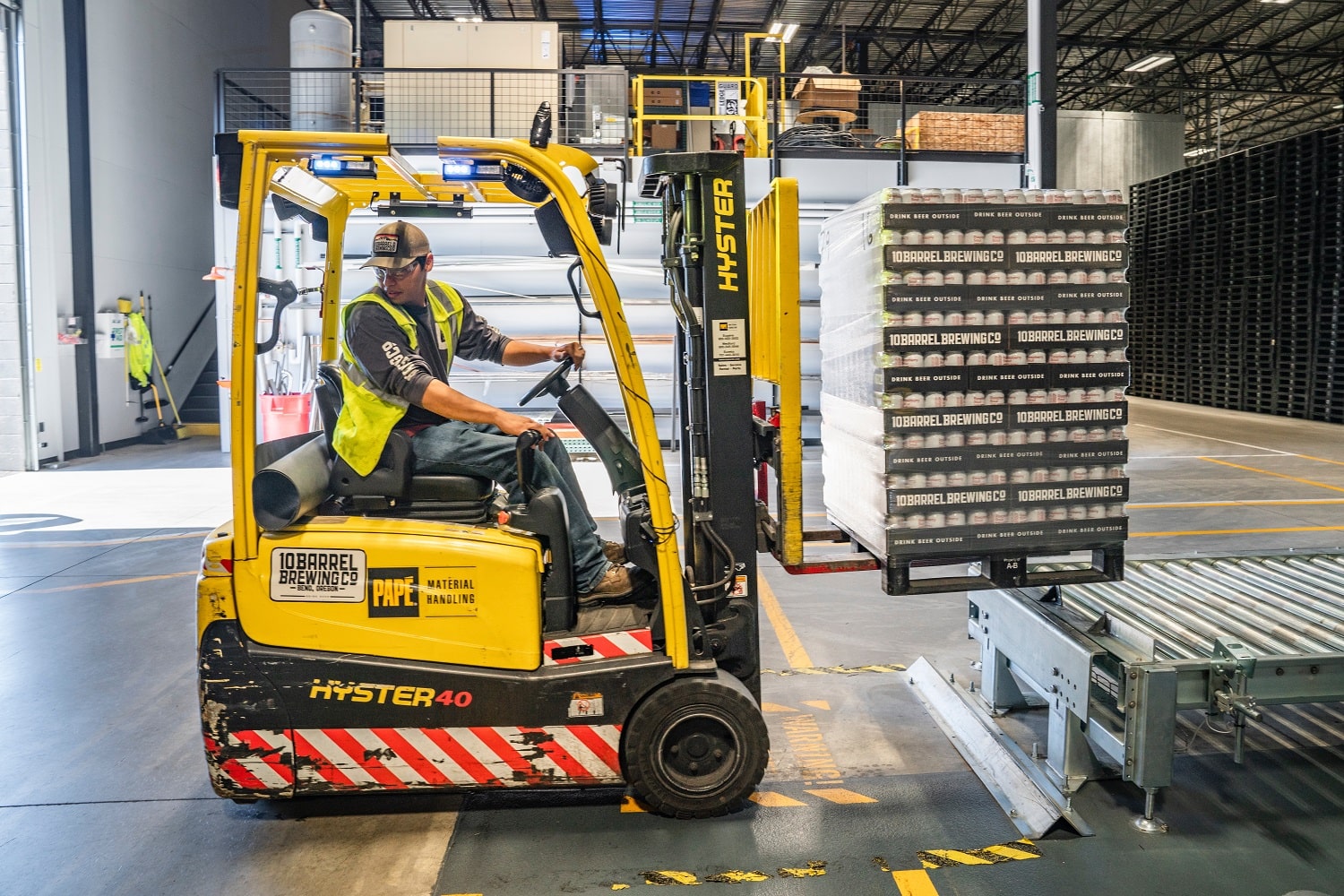
Wholesale arbitrage on Amazon is the buying of low-priced items in bulk from a wholesale business for resale on the Amazon marketplace.
Before we dive into the particulars of wholesale selling on Amazon, let's take a minute to understand the traditional wholesale business model:
Effectively, a wholesaler acts as an intermediary between a manufacturer and the customer. Typically, wholesalers do not sell to the end consumer. Instead, they impose minimum order amounts or values on the retail businesses that purchase from them.
Purchasing in bulk from wholesalers enables retailers to benefit from a discounted price. In turn, retailers generate profits from the markup applied to individual items.
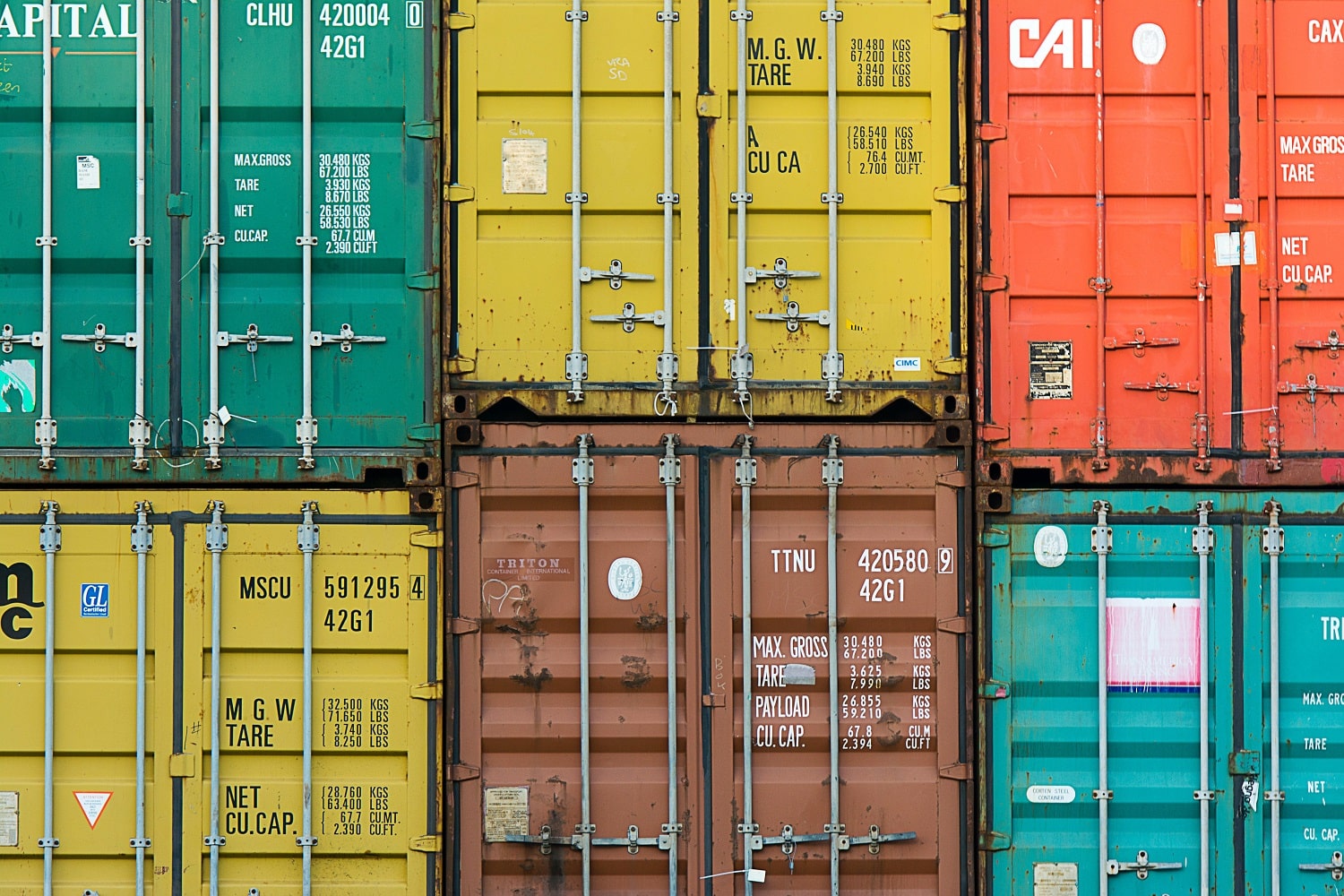
In effect, the model remains the same. You (the retailer) purchase items in bulk from wholesalers, but rather than sell directly to end consumers, you will:
The aim is to generate profit by exploiting a difference in the wholesale purchase price and the Amazon retail price. The bigger the price gap, the bigger the profits.

Amazon retail arbitrage is the buying of low-priced goods in retail or online stores for resale on the Amazon marketplace. In comparison, Amazon wholesale arbitrage involves bulk purchasing items from a wholesale business.
For those of you who have yet to dip your toe into the Amazon world, you might be wondering, what the hell is arbitrage?! Here's a quick explainer:
Arbitrage involves buying something in one place and selling it at a higher price elsewhere. You can do this with many commodities; currency, stocks, products - there's even a noun to describe arbitrage traders - arbitrageurs!
Want to learn more? Visit Investopedia to discover more about arbitrage and arbitrage strategy.
Amazon retail arbitrage involves purchasing low-priced items from retail stores and selling them at a higher price on the Amazon platform, thereby exploiting a price difference.
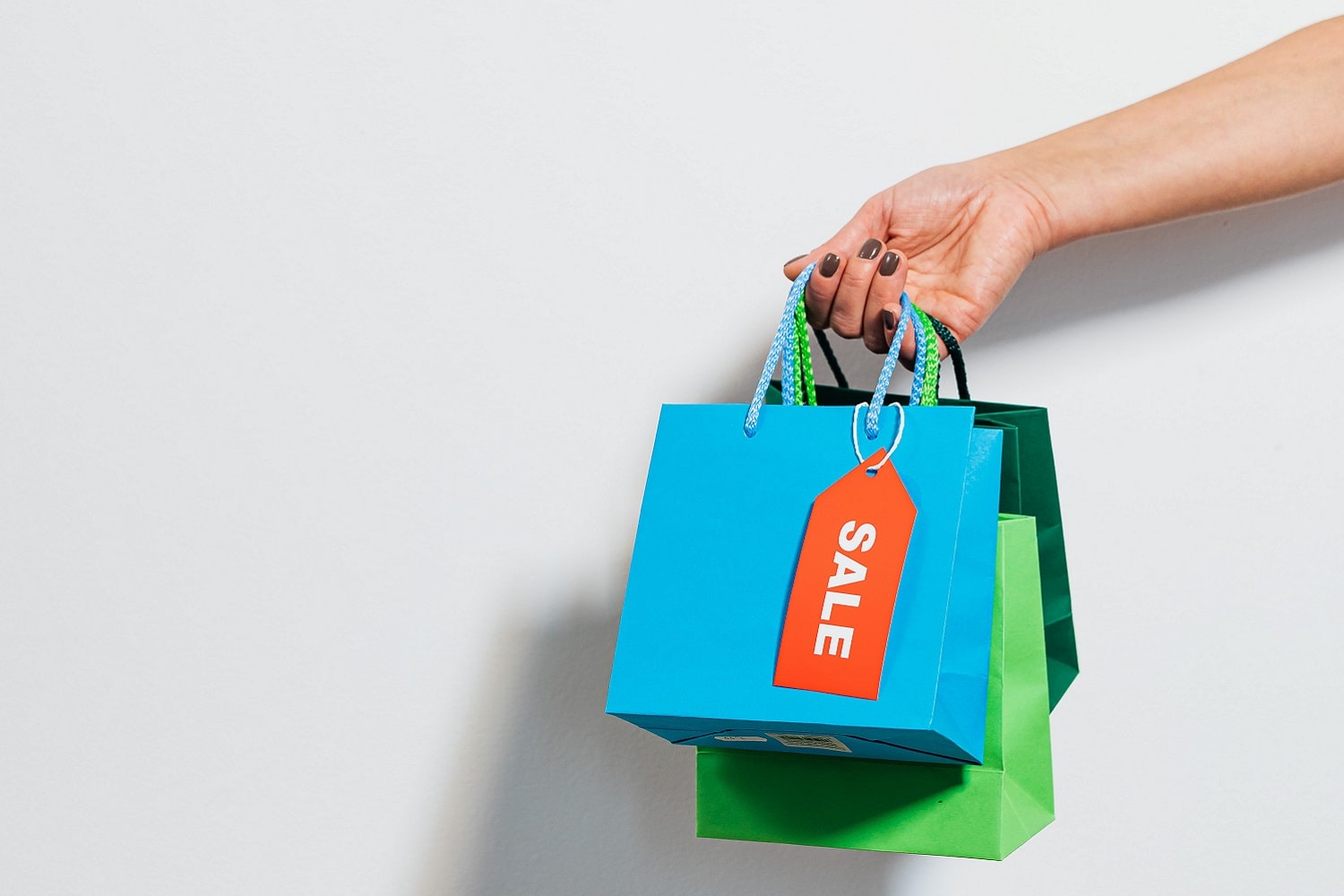
Having outlined the basics of wholesale Amazon arbitrage and how it differs from retail Amazon arbitrage, you might be considering a wholesale sourcing strategy for your Amazon business.
Before you dive in, we discuss some of the benefits and challenges associated with the wholesale Amazon business model.

Top tip: If you couple the wholesale model with FBA, it's more hands-off!

Learning point: Not sure what a prep centre is? Check out the Profit Runner blog on How to use a prep centre to grow your Amazon business.
Before you begin, you'll need to get your Amazon business administration in order.

Working with wholesalers requires increased paperwork and organisation. To make your wholesale relationship a successful one, you'll need to:
Learn more: Read the Profit Runner blog on Do Amazon sellers need insurance?
In short, your organisation needs to be on point if you are to enter into formal business agreements with wholesalers. Getting the basics right before you reach out will ensure you give the right first impression.
Finding reputable suppliers can be tricky, but taking the time to find the right ones will pay dividends.
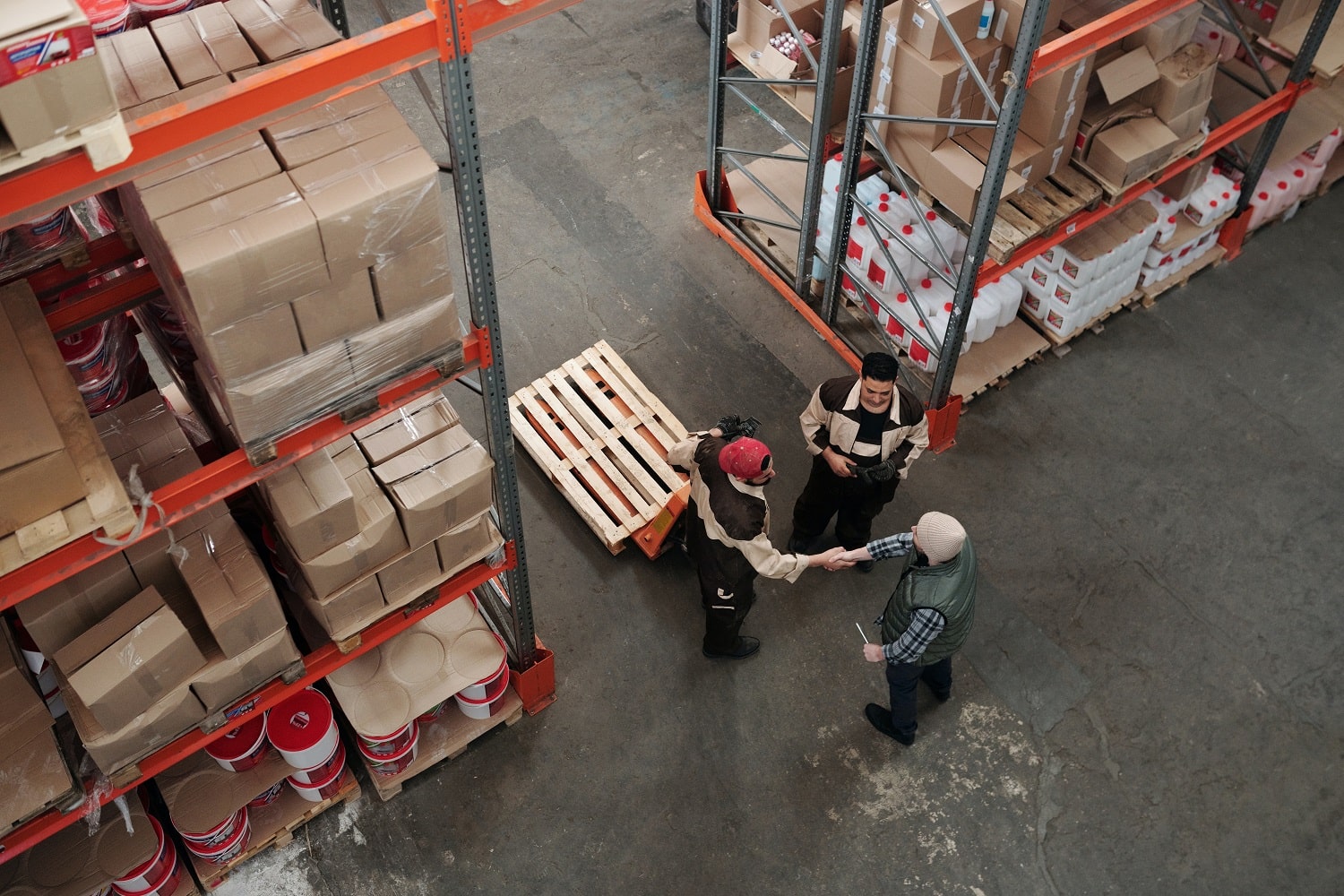
If you are in the UK, you might want to take a look at some of these wholesale business directories:
Think about the product categories in which you can operate and find yourself a niche!
Create a list of wholesalers in that category and begin your research by reaching out over the phone. Start by introducing yourself and your business before enquiring about setting up an account.

Purchasing products from a wholesaler is very different to shopping with a retailer. Reading the fine print will help you understand how to operate successfully and build a positive working relationship.
Insider info: Some wholesalers will not deal with Amazon sellers. If you only operate on Amazon, then honesty is the best policy. Do not lie about where you will be selling goods. It's not the end of the world if a wholesaler chooses not to do business with you. There are plenty of others who will.
Once you've opened a wholesale account, you can begin thorough product research. Analysing your prospective stock is perhaps the most challenging step in the wholesale model, but researching your inventory is the cornerstone of a successful wholesale Amazon business.
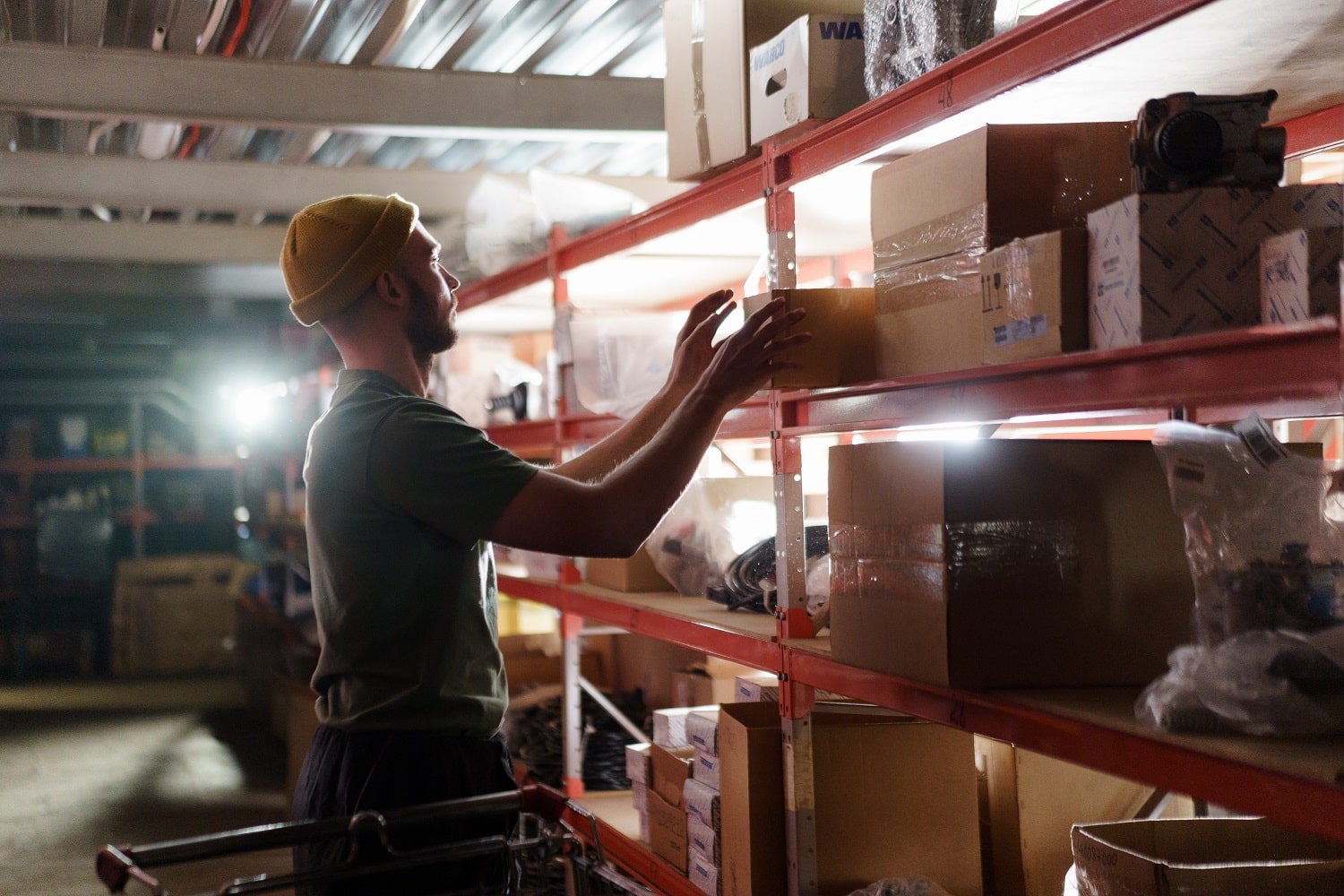
Understanding whether your Amazon account is compatible with the product you wish to sell is crucial - do not purchase anything until you know you can sell it!
Analysing the current and past sales data will help you identify risks and opportunities in the market.
Pro tip: You can use software to help you analyse and interpret the Amazon sales data. Profit Runner can help you research a product, spot potential for profit, add your packaging and shipping costs and calculate your exact return on investment.
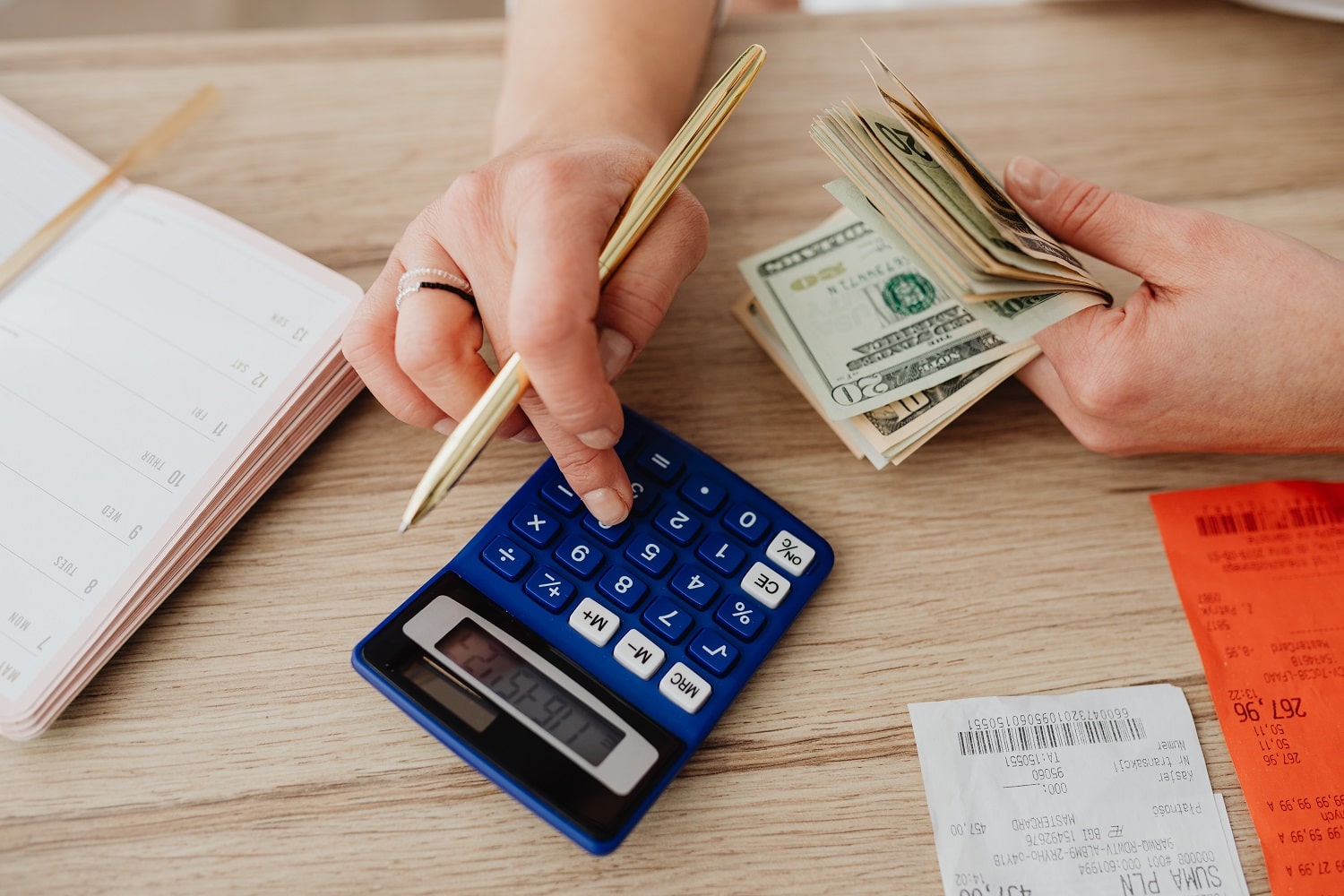
Taking this step for the first time might feel like a leap of faith, particularly if you're building this business on a shoestring. Committing to large order quantities can be daunting, but taking the time to research and follow the steps outlined above should help you find profitable wholesale products to sell on Amazon.
Does your order meet the minimum requirement? Your order will need to surpass this threshold. Many wholesalers also offer free shipping above a certain amount, be sure to take advantage of this.
Take note: Does the minimum order amount include or exclude VAT? Be careful to understand how prices and VAT are displayed.
Have you purchased a broad range of inventory? As previously discussed, purchasing higher quantities of any product can increase your market risk, so be sure to offset this by choosing a broad range of inventory.
Helpful hint: Try to diversify across both products and brands.
Have you finalised the details of your delivery? Wholesalers sometimes charge for missed deliveries or incorrect delivery details - an instant dent to your profits.
Don't forget: If you are utilising a prep centre, keep them in the loop with your expected delivery date.
Hopefully, this blog has helped you gain insight into selling wholesale products on Amazon.
To learn more about selling on Amazon, check out the Profit Runner blog for free tips and insights. Good luck!